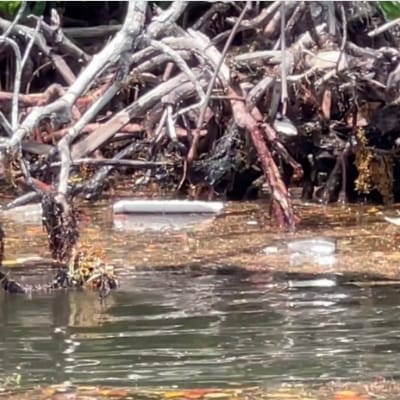Circularity Assessment Protocol with University of Georgia's Jambeck Research Group
Research Team
- Kathryn Youngblood, Research Engineer and Marine Debris Tracker Citizen Science Director
- Tony Gilbert, Program Director of SeaKeepers
- Capt. Till Koerber
Purpose of Research
This data is used to assess how much waste is coming from land, boats, or in some cases, other countries from across the ocean. While the idea of circularity is to make it so less and less waste ends up in landfills, it is an even greater threat when the end point of this waste is the marine environment.
Duration of Project
This outing took place on Sept. 9, 2022, but is part of an ongoing effort.
Program Overview
On September 9th, 2022, SeaKeepers assisted the Circularity Informatics Lab at the University of Georgia - Jambeck Research Group in conducting a Circularity Assessment Protocol (CAP). Circularity in this instance refers to how a product is created with its own end-of-life taken into account. In a circular economy, once the user is finished with the product, it goes back into the supply chain instead of the landfill. The Circularity Assessment Protocol is a model that provides a snapshot of a city’s circularity that can provide data for local, regional, or national decision‐making to reduce leakage of waste (e.g., single‐use plastic) into the environment and increases circular materials management.
Aboard SeaKeepers’ own vessel, SK/V Discovery, Captain Till Koerber, Tony Gilbert of SeaKeepers, and UGA research engineer Kathryn Youngblood circumnavigated all of Key Largo, FL, navigating through several mangrove creeks, canals, and waterways, tallying each piece of marine debris in the water as seen from the boat. This tally is done using an app called Marine Debris Tracker. This data is then used to assess how much waste is coming from land, boats, or in some cases, other countries from across the ocean. While the idea of circularity is to make it so less and less waste ends up in landfills, it is an even greater threat when the endpoint of this waste is the marine environment. Seeing as much plastic waste as we did, it is clear that Key Largo needs help in designing a more circular economy in the years to come. Of course, governments can only do so much to control waste and how it is disposed of. As always, it starts with the individual, and the local populations choosing reusable alternatives to single-use plastics.
Application
This data helps a city or county see what litter and plastic pollution looks like in their community. Then, they can identify opportunities for potential intervention. Each CAP assessment provides data on the current status and recommendations that are narrowly tailored to that city's specific needs and resources so that solutions and goals can be put into action.
Expedition Goal
The goal of this particular outing was to collect data on the quantity and type of pollution seen throughout different waterways, canals, creeks, and mangroves in the upper Florida Keys.
Location
Key Largo, Florida
Publications
Video

